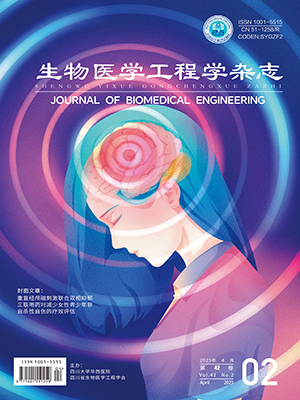The incidence of tinnitus is very high, which can affect the patient’s attention, emotion and sleep, and even cause serious psychological distress and suicidal tendency. Currently, there is no uniform and objective method for tinnitus detection and therapy, and the mechanism of tinnitus is still unclear. In this study, we first collected the resting state electroencephalogram (EEG) data of tinnitus patients and healthy subjects. Then the power spectrum topology diagrams were compared of in the band of δ (0.5–3 Hz), θ (4–7 Hz), α (8–13 Hz), β (14–30 Hz) and γ (31–50 Hz) to explore the central mechanism of tinnitus. A total of 16 tinnitus patients and 16 healthy subjects were recruited to participate in the experiment. The results of resting state EEG experiments found that the spectrum power value of tinnitus patients was higher than that of healthy subjects in all concerned frequency bands. The t-test results showed that the significant difference areas were mainly concentrated in the right temporal lobe of the θ and α band, and the temporal lobe, parietal lobe and forehead area of the β and γ band. In addition, we designed an attention-related task experiment to further study the relationship between tinnitus and attention. The results showed that the classification accuracy of tinnitus patients was significantly lower than that of healthy subjects, and the highest classification accuracies were 80.21% and 88.75%, respectively. The experimental results indicate that tinnitus may cause the decrease of patients’ attention.
Citation: HUANG Haiyun, CAI Yuexin, FENG Xueji, LI Yuanqing. An electroencephalogram-based study of resting-state spectrogram and attention in tinnitus patients. Journal of Biomedical Engineering, 2021, 38(3): 492-497. doi: 10.7507/1001-5515.202012015 Copy
Copyright © the editorial department of Journal of Biomedical Engineering of West China Medical Publisher. All rights reserved
-
Previous Article
Robotic arm control system based on augmented reality brain-computer interface and computer vision CHENXiaogang, LI Kun -
Next Article
Research on characteristics of brain functional network in stroke patients during convalescent period under transcranial direct current stimulation LIUMengmeng, XU Guizhi, YU Hongli, WANG Chunfang, SUN Changcheng, GUO Lei




